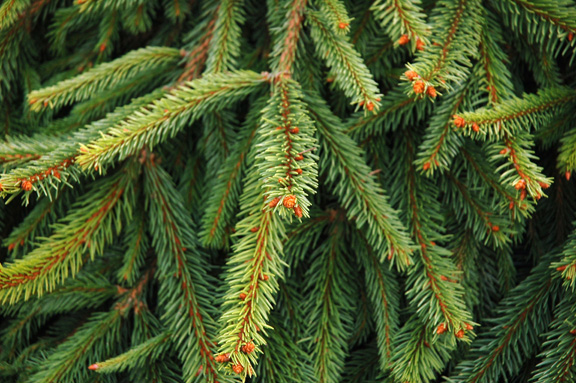
Woody > Picea > Picea abies > Picea abies 'Reflexa'
Picea abies
'Reflexa'
Reflexed Norway Spruce
Origin: Parent plant is native to northern and central Europe. 'Reflexa' is commonly mistaken for a very similar cultivar 'Pendula'.
Mike's
Opinion


"
An interesting tree because of its form although of limited value in the landscape expect with the plant collector or used carefully as an accent or specimen.
Michael Pascoe, NDP., ODH., CLT., MSc. (Plant Conservation)
"
| Family |
| Pinaceae |
| Genus |
| Picea |
| Species |
| abies |
| Cultivar |
| 'Reflexa' |
| Category |
| Woody |
| Type |
| Tree (evergreen) |
| Pronunciation |
| USDA Hardiness Zone |
| 5 |
| Canadian Hardiness Zone |
| 3 |
| Temperature (°C) |
| -40 |
| Temperature (°F) |
| -40 |
| Height |
| 2 - 4 m |
| Spread |
| 3 - 5 m |
Photographs
Description and Growing Information
Flowering Period
| General Description |
| This plant has a weeping form and is often confused or mistaken with 'Pendula'. Reflexa has dark green foliage, with medium texture. If this plant is not staked it will become a ground cover and not reach its estimated height. |
| Landscape |
| This plant can be used as an accent plant or on its own as a specimen plant. When planting in groups it should be staked to give a more dramatic look to your garden. It could also be used as a substitute for a medium height spreading shrub. |
| Cultivation |
| This specimen performs best in moist, sandy, acidic, well drained soils, but can be planted in other soils as long as it has adequate moisture. Prefers a cold climate but plant in full sun. If planted in shade the branches will become thin and scarce. |
| Shape |
| Loose, unkempt low growing form. |
| Growth |
| Slow |
| ID Characteristic |
| This plant is a single stemmed trunk and its weeping form is trained to shape. New growth has orange bark. Needles are sharp, and leave pegs in the branches when pulled off. |
| Pests |
| Aphids, galls, heart rot, mites, nematodes and scale insects. |
| Habitat |
| Horticultural origin. |
| Bark/Stem Description |
| The mature bark is shaggy and exfoliating and mainly hidden by the weeping of the branches. The new bark is orange. |
| Flower/Leaf Bud Description |
| Narrowly conical. |
| Leaf Description |
| This specimen has needles that are small 2.5 cm in length, sharp, spiraled, glabrous and lustrous. They are a bright to deep green. |
| Flower Description |
| Flowers are monoecious and inconspicuous. Males are axillary and infrequent, while females are terminal. They are spread on the crowns of trees and are reddish pink in colour. |
| Fruit Description |
| The light brown cones are 10-15 cm long, ovoid, oblong-cylindrical in shape with 2 winged seeds to each scale. |
| Colour Description |
| It has bright to dark green needles, that turn browny-orange when they die off. Has gray brown trunk bark, with a reddish brown stem. |
| Texture Description |
| Medium texture and is softer then 'Pendula'. |
| Notable Specimens |
| The Arboretum, University of Guelph, Guelph, Ontario, Canada. |
| Propagation |
| This plant must be grafted to maintain its pendulous form. A side graft is taken and attached to a seedling standard P.abies. They are best grown in a mix of sand and peat. Grafts should be done in late winter. |
.jpg)
